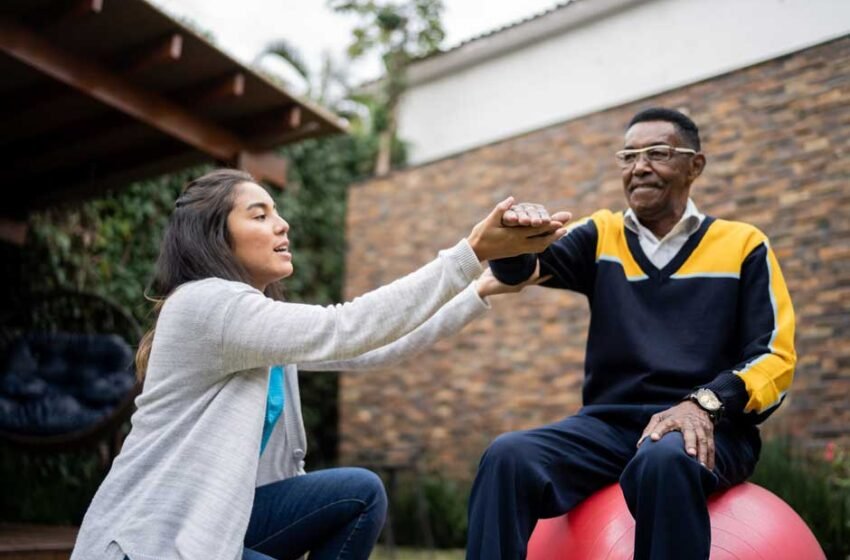Rehab Without the Ugly Chairs: How Virtual Treatment Is Actually Working

So, you’re telling me you can do rehab while eating a decent bagel at your kitchen table instead of staring at stained ceiling tiles in a sad group room? Yep. That’s what’s happening, and it’s not just a pandemic holdover—it’s sticking because it works. Virtual rehab is cutting the nonsense of travel, the awkward waiting rooms, and the prison-of-your-own-thoughts boredom that can make treatment feel heavier than it needs to be.
People are logging in from the living room, the car, even the back porch if that’s where they feel like breathing. It’s giving people their lives back while they’re working on getting them back. A weird sentence but true. Instead of spending four hours in traffic to sit in a circle for an hour, people are showing up from wherever they need to be to actually stay sober without putting the rest of their life on hold. The barriers are falling, and for a lot of people, so are the excuses.
The Surprising Power of an Internet Connection
You’d think screens would make it feel cold or disconnected. That’s not what people are reporting. They’re saying they’re actually opening up more. The social anxiety that comes from sitting in a sterile room surrounded by strangers isn’t as intense when you’re in your own space, wearing your own clothes, with your cat walking across the keyboard mid-share.
Therapists are seeing people more consistently, which means fewer relapses slipping under the radar. Insurance companies are getting on board because it’s saving them money in the long run. More importantly, it’s saving people from losing their jobs or dropping out of school just to keep treatment appointments. It’s also where online IOP shines. You get a structured, accountable, multi-hour program with real professionals while still being able to keep your life moving. That’s not small. It’s what’s letting a lot of people who would have dropped out of treatment keep going, and keep going strong.
Redefining the “Normal” in Rehab
Traditional rehab has its place. Some people need inpatient detox or a higher level of care, and that’s not going anywhere. But for a lot of folks, the choice between inpatient vs. outpatient used to feel like a lose-lose. Either you gave up everything to go live in a center, or you tried to juggle too many balls with once-a-week therapy sessions that barely touched the surface.
Virtual rehab isn’t about cutting corners; it’s about cutting the barriers that never needed to be there in the first place. It’s providing access to specialists who might live five states away, or to group support that feels safer when you’re not in a sterile building. It’s making it possible for parents to get help while their kids nap in the next room, or for college students to keep up with classes while working through recovery.
It’s also not just for those with a “serious” problem. People are stepping into help earlier, before things hit rock bottom, because they don’t have to flip their lives upside down to get it. That alone is changing outcomes in a big way.
Who’s Actually Using Virtual Rehab? Everyone.
You might think it’s just for the under-30 crowd who live on their phones. But it’s not. People in their 40s, 50s, and 60s are logging in, finding that it’s easier to be honest when you’re not staring at a motivational poster with a beach sunset. Parents. Busy professionals. People in rural areas who don’t have treatment options within two hours. People who need help but don’t want to be seen walking into a rehab center because small towns talk.
And therapists? They’re seeing how much more they can actually see their clients, not just physically, but in the way people drop their guard in their own environment. It’s giving them a glimpse into the real, daily life stressors and setups that impact recovery in a way an office visit never could.
It’s Not a Shortcut, It’s a Better Route
Virtual rehab isn’t about watering down treatment; it’s about meeting people where they are. It’s about using tech to strip away unnecessary layers while keeping what works. People still get drug tested. They still have accountability. They still have the group sessions, the individual therapy, the education, and the connection. But they’re not draining their bank accounts on travel, taking unpaid leave, or losing custody arrangements just to show up for help.
It’s showing up in outcomes, too. People are completing programs at higher rates. They’re reporting higher satisfaction. They’re actually sticking around long enough to work on the stuff under the addiction, which is what treatment is supposed to do in the first place.
It’s not the future of rehab. It’s rehab now, just done in a way that makes sense for the world we actually live in.
Signing Off: Worth Logging Into
If virtual rehab feels like it’s too easy to be effective, that’s because you’re still thinking old-school. We’re in a world where convenience doesn’t have to mean lazy, and accessibility doesn’t have to mean low quality. Virtual rehab is working because it’s real help, in real time, for real people. Not perfect, but pretty damn close compared to what’s been the default for decades. And if it means someone can get their life back while still living it, well, that’s a game worth changing.





